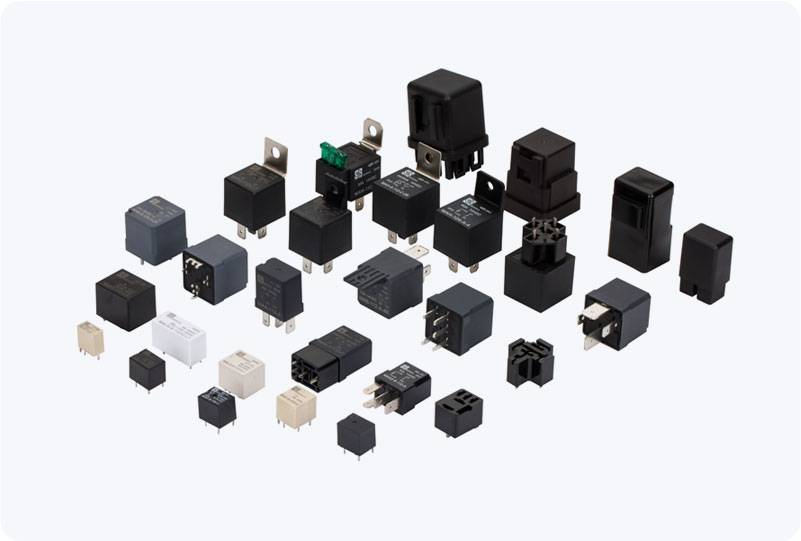high voltage distribution relay: the backbone of efficient power distribution systems
Release time:2025-05-07 06:56:40
High Voltage Distribution Relays (HVDRs) are critical components in the power distribution network, ensuring the safe and efficient transmission of electrical energy. These relays are designed to protect high-voltage circuits from faults such as overloads, short circuits, and other electrical anomalies. As the demand for electricity continues to rise globally, HVDRs play a vital role in maintaining the stability and reliability of power systems. This article explores the importance, function, and advancements in High Voltage Distribution Relays.

The Role of High Voltage Distribution Relays
High Voltage Distribution Relays are primarily used to protect high-voltage power distribution systems. These systems deliver electricity from substations to consumers, including residential, commercial, and industrial users. Given the nature of the transmission network, HVDRs are essential to ensure that any fault, whether internal or external, does not cause extensive damage to the network or result in widespread power outages.
The main function of these relays is to detect abnormal conditions within the high-voltage system. When a fault occurs, such as a short circuit or a ground fault, the relay detects the problem and automatically isolates the faulty section from the rest of the network. This prevents further damage to the equipment and minimizes the risk of fire or other hazards. The relay can trigger circuit breakers or other protection mechanisms, effectively limiting the impact of the fault.


